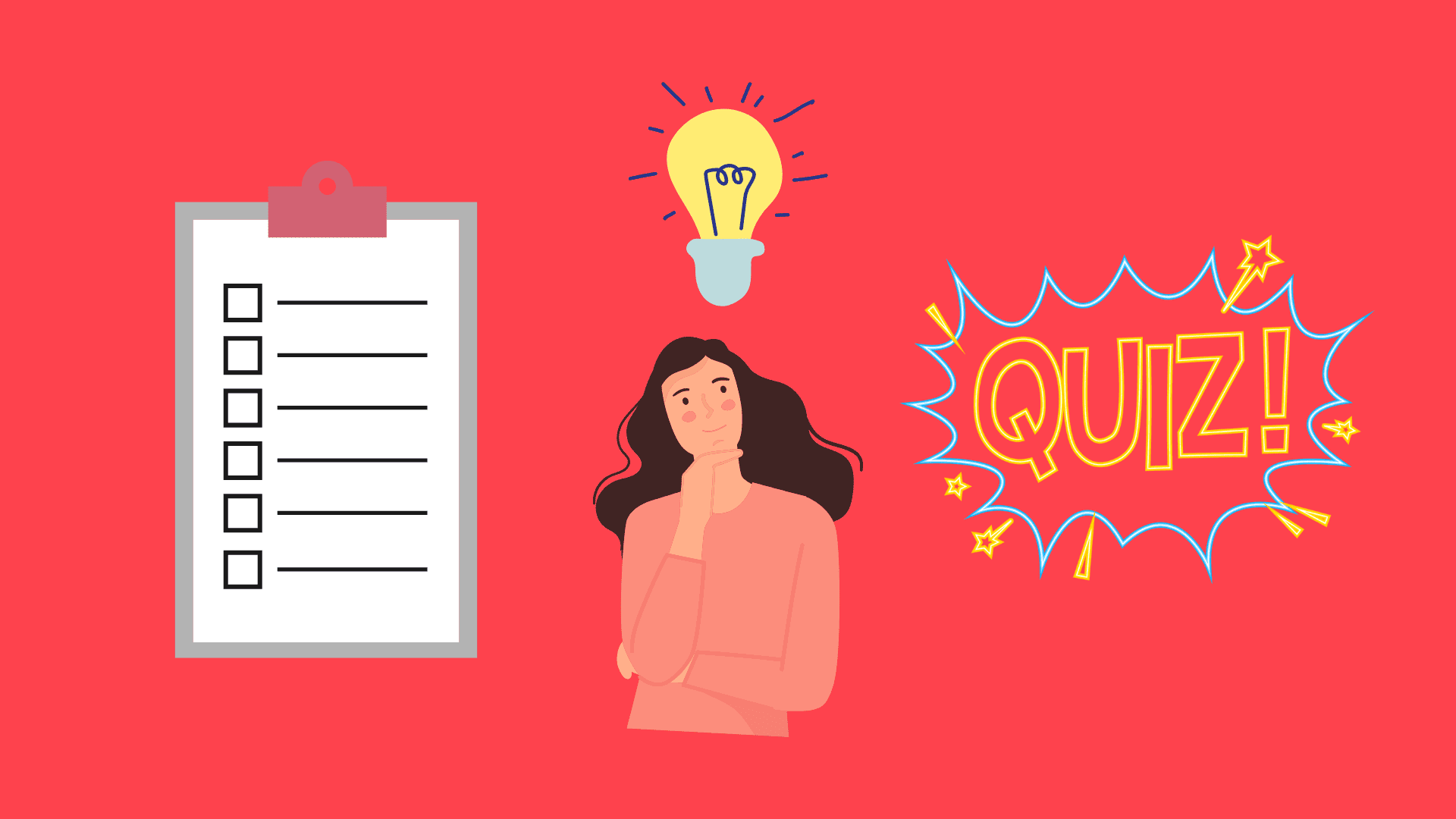How Gamification Transforms Marketing, Learning, and Engagement
21 May 2025
Estimated reading time: 3 minutes
Have you ever had a teacher use games to make lessons more fun and interactive? That’s gamification in action. It’s the integration of game elements—like points, leaderboards, and challenges—into non-game environments such as training, education, and marketing. The goal? To make learning and engagement more enjoyable and effective.
Gamification has rapidly expanded beyond classrooms and into industries like health, marketing, education, and employee training. In this post, we’ll explore what gamification really means, why it matters, how it’s used effectively, and how your business can leverage it as a marketing strategy.
What Is Gamification?
Gamification is the practice of applying game mechanics to non-game contexts to motivate participation, enhance engagement, and encourage loyalty. According to researcher Fitz-Walter, the three core elements of gamification are:
- Points: Track performance and progress.
- Badges: Recognize achievements and milestones.
- Leaderboards: Foster healthy competition.
These elements tap into human psychology—particularly our desire for achievement, recognition, and status—making even mundane tasks more engaging and rewarding.
Why Use Gamification in Business?
You might be wondering: Why should a brand invest in gamification? The answer lies in its benefits for both users and businesses. As Bunnell outlines, gamification brings four key advantages:
1. Increased Brand Awareness
Gamification allows users to interact with a brand in a playful and memorable way. For example, offering a reward at the end of a branded game encourages users to share their achievements on social media, organically boosting brand visibility.
2. Enhanced Consumer Engagement
By rewarding users with incentives such as discounts, digital trophies, or exclusive content, gamification taps into people’s natural desire for accomplishment. This keeps users coming back and engaging with your brand.
3. Appeal to a Diverse Audience
Games simplify complex concepts into visual, bite-sized interactions. This makes your content more accessible and enjoyable across a wide range of age groups and backgrounds.
4. Improved Data Collection
Gamified experiences often include personalized elements that require users to share preferences or behavior data. Because users are willingly participating, the data collected is often richer and more actionable for businesses.
Real-Life Examples of Gamification
Duolingo
Duolingo turns language learning into a game with points, badges, daily streaks, and leaderboards. This transforms the often-challenging process of learning a new language into an addictive, reward-driven experience.
Nike Run Club
Nike uses gamification to encourage healthy habits. Users can set fitness goals, track progress (heart rate, distance, pace), and participate in challenges like “Run 5km per day.” With guided runs and tips, the app makes fitness both social and goal-oriented.
Pepsiman
The retro game Pepsiman is a classic example of gamified marketing. Players race through levels, collect Pepsi cans, and aim for high scores—all while subconsciously engaging with the brand. It’s fun, memorable, and far more effective than traditional ads.
How to Use Gamification as a Marketing Strategy
Gamification isn’t just a gimmick—it’s a strategic tool that increases user retention, brand affinity, and customer satisfaction. Here are a few best practices:
- Reward Progress: Offer meaningful rewards that create a sense of achievement. But be mindful—if rewards are too easy or too hard, users may lose interest.
- Create a Subtle Experience: Gamification should blend naturally into the user experience. When done well, it nudges users to engage more deeply without them even realizing it.
- Foster Teamwork: Group challenges and collaborative tasks can boost team spirit and productivity—perfect for internal employee programs or community engagement.
Ready to Level Up?
Gamification is more than entertainment—it’s a proven method to captivate your audience, drive behavior, and collect valuable insights. Whether you want to boost your marketing, onboard employees, or re-energize your brand experience, gamification can make the difference.
Want to gamify your organization? Discover innovative solutions at UP Digital.
Want to know more? Please contact us.
